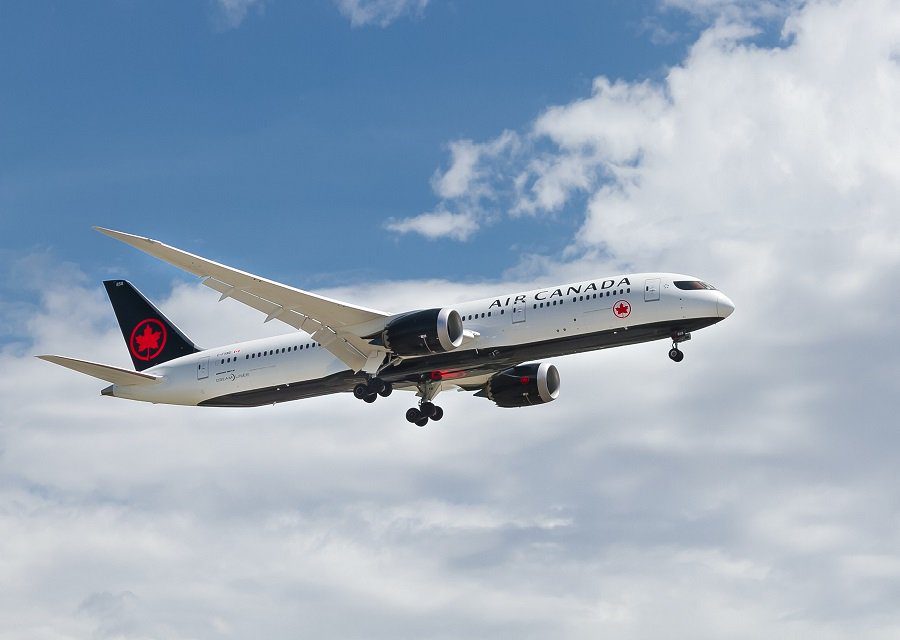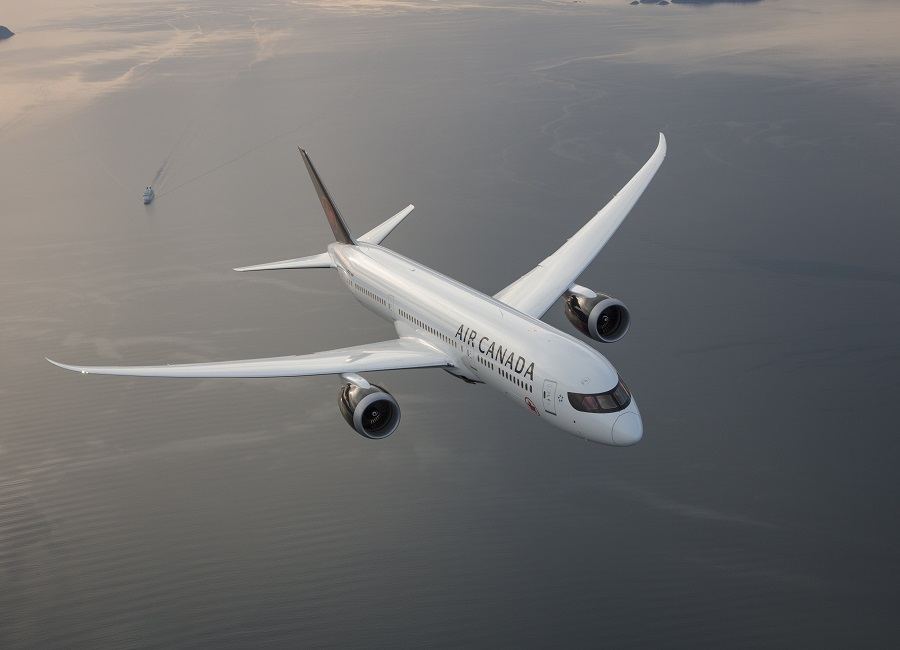An Air Canada flight received two TCAS Resolution Advisories (RAs) after getting close to two different aircraft near Cleveland in Ohio, USA!

TCAS stands for Traffic Collision Avoidance System. Airliners have transponders, relaying their altitude and other key aircraft information to air traffic control. So the TCAS on each aircraft uses this information from other aircraft in its vicinity, to identify potential conflicts. And if two planes get too close, TCAS on one aircraft instructs pilots to climb, the other to descend. This is called a TCAS Resolution Advisory (RA).
This TCAS incident involves Air Canada flight AC-990, on the 1st of December this year. It flew from Mexico City Lic. Benito Juarez International (MMMX) in Mexico, to Toronto Pearson International (CYYZ) in Canada. The aircraft was a 787 and had 223 people on board. Its takeoff and climb before the incident were unremarkable.

The Air Canada TCAS RAs
The Air Canada crew were a bit over three hours into their flight, at FL390 and in contact with Cleveland Center, when they had the first TCAS RA. They followed the advisory, which was to descend, informing ATC of their action. Cleveland Center then cleared them to descend further, to FL350.
But the flight crew then got a second TCAS RA, this time because of traffic below them. They complied with this advisory as well. At this point, the flight was quite close to its top-of-descent anyway. So once they cleared this traffic, they continued to descend towards Toronto. The flight landed without further incident. It even landed about 19 minutes early.

The Air Canada aircraft in this double TCAS incident is a Boeing 787-9, with GEnx engines and tail number C-FRTU. It is just over 4 and-a-half years old, and Air Canada is its only operator. It continues in regular service, after the incident.
Check out the Mentour video below, for a detailed look into how TCAS works:



